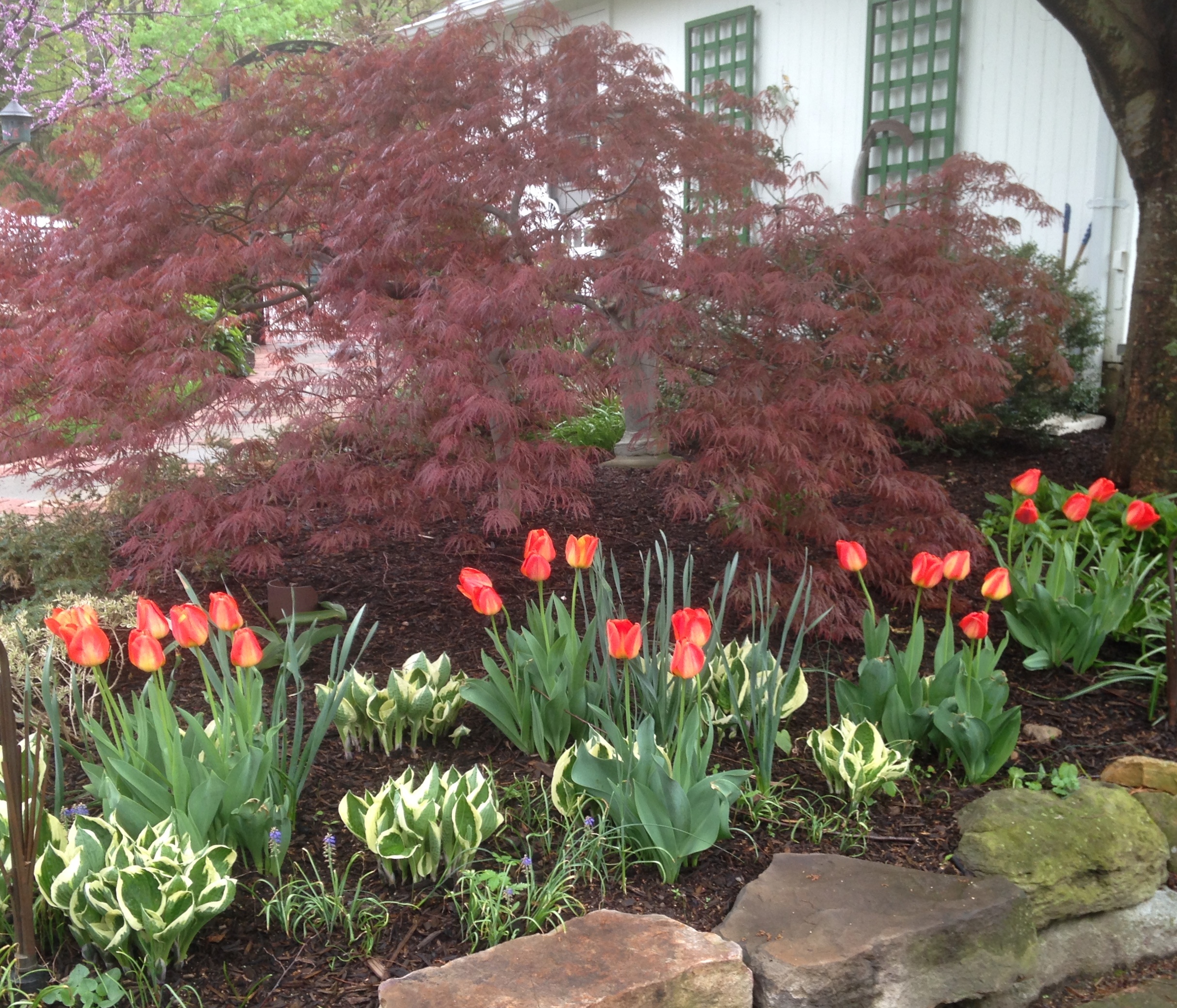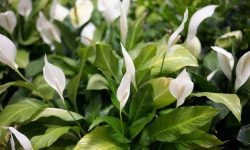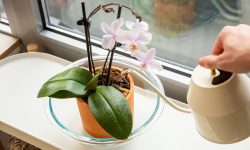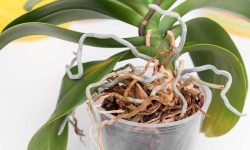Yes, tulips can be planted with hosta. For the best results, plant the tulips in front of or behind the hosta. If you plant them too close together, the hosta will crowd out the tulips and they won’t get enough sunlight.
Planting a Front Garden Bed for a Friend! 🌿 🌸 // Garden Answer
Many gardeners enjoy planting tulips and hosta together in their gardens. While some people believe that tulips and hosta should be planted separately, others have had success planting them together. If you are thinking about planting tulips with hosta, there are a few things to keep in mind.
Tulips need full sun to thrive, while hosta prefer shady conditions. This means that you will need to choose a spot in your garden that gets plenty of sunlight for your tulips, and plant your hosta elsewhere.
Tulips also need well-drained soil, so if your garden has heavy clay soil, it’s best to avoid planting them with hosta.
Hosta are more tolerant of different types of soil, but they will still do best in moist, well-drained soil.
When planting tulips and hosta together, it’s important to give each plant enough space to grow. Tulips can get crowded out by other plants easily, so make sure to leave plenty of room for them when you’re planning your garden beds.
Hosta are also fairly large plants, so don’t overcrowd your bed with too many of them either.
With a little planning and care, you can successfully grow both tulips and hosta in your garden!
What to Plant With Hostas in Shade
Hostas are one of the most popular perennials for shady gardens. They come in a wide variety of sizes, shapes, and colors and they’re relatively easy to care for. But what should you plant with them?
Here are some ideas:
Ferns: Ferns are a classic choice for planting with hostas. They have similar growing requirements and they look great together.
Try combining different varieties of ferns and hostas for a textured, layered look.
Hemerocallis: Also known as daylilies, hemerocallis are another good option for planting with hostas. They come in a wide range of colors and they bloom throughout the summer months.
Astilbe: Astilbes add color and texture to shady garden beds. They come in shades of pink, purple, red, and white and their feathery foliage looks great next to hostas.
Ligularia: Ligularias are perfect for adding bold color to shade gardens.
Their large leaves can be variegated or solid-colored and they produce yellow or orange flowers in summertime.
What Perennials to Plant With Hostas
If you’re looking for a plant that will add some beauty to your garden with minimal effort, then hostas are a great choice. But what other plants pair well with them? Here are some suggestions for perennials to plant with hostas.
daylilies, astilbes, ferns, phlox, and sedums all make good companions for hostas. They share similar growing requirements and have complementary colors and textures. Planting them together in groupings will give your garden a cohesive look.
Just be sure not to overcrowd the bed – give each plant enough room to spread out and reach its full potential. With a little planning, you can create a stunning garden that will bloom year after year with very little maintenance required on your part!
Plants That Look Like Hostas
Hostas are one of the most popular perennials for shade gardens. They come in a wide range of sizes, colors, and textures, and their leaves can be solid or variegated. But did you know that there are other plants that look like hostas?
Here are five of our favorites:
1. Astilbe
Astilbe is a genus of flowering plants in the family Saxifragaceae.
Astilbes are commonly called false spirea or false goat’s beard. They are native to Asia and North America, and they grow in moist, shady areas. Like hostas, astilbes have showy plumes of flowers that bloom in summer.
The flowers come in a variety of colors, including pink, purple, red, and white.
2. Rodgersia
Rodgersia is a genus of flowering plants in the family Saxifragaceae.
It contains about 15 species that are native to China and Japan. Rodgersias grow best in moist soils in partial sun to full shade. Their flowers resemble those of astilbes—they’re small and borne on spikes above the foliage—but they’re usually white or light pink instead of dark pink or purple.
Rodgersias also have large, lobed leaves that look similar to hosta leaves.
3 . Heuchera
Heuchera is a genus of perennial flowering plants in the family Saxifragaceae. They are native to North America, where they grow in woodlands and rocky mountain slopes. Heucheras have round leaves that come in a wide range of colors—from green to burgundy—and their flowers vary from white to pinkish-red depending on the species or cultivar . While heucheras don’t have the same dramatic flower plumes as astilbes or rodgersias , their colorful foliage makes them stand out in any garden .
4 . Pulmonaria
Pulmonaria is a genus of herbaceous flowering plants in the family Boraginaceae . There are about 20 species , all native to Europe , Asia ,and North Africa . Common names for pulmonarias include lungwort and Bethlehem sage . These plants get their common name “lungwort” from the shape and colorationof their leaves , which resemble lungs when they first emergein springtime . As with most other membersof this list , pulmonarias prefer shady conditions with moist soil . Their blooms appear earlyin spring ,usually before the foliage has fully emerged ; they can be blue , pink ,or purple depending onthe speciesor cultivar .
Hosta Garden Layout
When planning a hosta garden, the first step is to choose the location. Hostas prefer shady areas with well-drained soil. Once you have selected the perfect spot for your garden, it’s time to start thinking about layout.
There are a few things to keep in mind when designing your hosta garden. First, consider the size and shape of your space. Then, think about which varieties of hostas you’d like to include.
When choosing plants, be sure to pick ones that will complement each other in terms of color and leaf shape.
Once you have an idea of what you’d like your garden to look like, it’s time to start planning the layout. To get started, sketch out a basic plan on paper.
Then, use stakes and string to outline the space where your garden will go. This will help you visualize the finished product and make sure everything is proportional.
Now it’s time to start planting!
Be sure to dig holes that are twice as wide as the roots of your plants. Gently loosen the roots before placing them in the ground and backfill with soil. Water thoroughly after planting and mulch around your hostas to help retain moisture in the soil.
With a little planning and care, you can create a beautiful hosta garden that will thrive for years to come!
How to Plant Hostas And Hydrangeas Together
When it comes to planting hostas and hydrangeas together, there are a few things you need to take into consideration. First, make sure that the soil in your garden is rich and well-drained. Both of these plants prefer moist conditions, so they will not do well if the soil is too dry.
You should also consider the amount of sun and shade each plant needs when deciding where to place them in your garden. Hostas need more shade than hydrangeas, so it’s best to plant them on the north or east side of your yard where they will be protected from the hot afternoon sun.
Once you have decided on the perfect spot for your plants, it’s time to get started!
Begin by digging a hole that is twice as wide as the root ball of your plant. For hostas, you will also want to dig the hole deeper than the root ball. This allows the roots plenty of room to spread out and grow.
If you are planting more than one hosta in an area, space the holes about 18 inches apart.
Hydrangeas are a bit easier to plant since they don’t need as much room to spread out their roots. Simply dig a hole that is slightly wider than the root ball and just as deep.
When planting hydrangeas, make sure that the base of the plant is level with or slightly above ground level. This helps prevent water from collecting around the stem and causing rot problems later on down the road.
Once your plants are in their holes, it’s time to backfill with soil and give them a good watering.
For both plants, mulching around their base helps retain moisture and keep weeds at bay. Be sure to give them another good soaking every week or so during periods of little rainfall. With proper care, you can enjoy these beautiful plants blooming side by side for many years to come!

Credit: www.sterlinghort.com
What Flowers Can I Plant With My Hostas?
When it comes to planting flowers with hostas, the options are nearly endless! Some of our favorite pairings include daylilies, astilbes, and sedums. But really, any flower that enjoys similar growing conditions as hostas will do well planted next to them.
Just be sure to avoid any plants that require a lot of water or fertilizer, as too much of either can harm your hostas.
Can I Plant Bulbs With Hostas?
Yes, you can plant bulbs with hostas! This is a great way to add color and interest to your garden. Here are a few tips to help you get started:
-Choose a location that gets plenty of sun. Hostas need at least six hours of sunlight per day.
-Prepare the soil by adding organic matter such as compost or manure.
This will help the bulbs grow and thrive.
-Dig a hole that is twice as deep as the bulb. This will ensure that the bulb has enough room to grow.
-Place the bulb in the hole and cover it with soil. Water well and keep the soil moist throughout the growing season.
What Can You Not Plant With Hostas?
One of the great things about hostas is that they are relatively easy to care for and require little maintenance. However, there are a few things you should not plant with hostas. Here is a list of plants to avoid planting with your hostas:
– Japanese Beetles: These pests love to munch on hosta leaves, so it’s best to avoid planting them together.
– Daylilies: While daylilies and hostas share similar growing conditions, they can actually compete for nutrients. This can result in both plants being stunted and not reaching their full potential.
– Walnut trees: Walnut trees produce a chemical called juglone which can be harmful to other plants, including hostas. So, it’s best to avoid planting these two together.
Can I Plant Tulips Alongside Lilies?
Can I plant tulips alongside lilies? Yes, tulips make great companion plants for lilies. They both thrive in similar growing conditions, including full sun and well-drained soil. Additionally, the vibrant colors of these flowers can create a stunning visual display when planted together. Consider adding tulips as a beautiful complement to your lily garden.
What is a Companion Plant for Hostas?
When it comes to companion plants for hostas, there are a few key things to keep in mind. First, you want to choose plants that will not out-compete the hostas for space and resources. Second, you want to choose plants that will complement the hostas’ foliage and flowers.
Here are a few good companion plants for hostas:
Ferns: Ferns make excellent companions for hostas as they have a similar growth habit and requirements. They also add a nice touch of greenery to the garden.
Lamium: Lamium is another good choice for a companion plant as it is an evergreen groundcover that can help fill in any bare spots in the garden. It also has pretty white or pink flowers that will contrast nicely with the hostas’ green leaves.
Hemerocallis: Hemerocallis, or daylilies, are another great option for companion planting with hostas.
They are relatively low-maintenance and come in a variety of colors including yellow, orange, pink and red. Daylilies also bloom throughout the summer which means they can provide color even when the hostas are not in bloom.
Conclusion
Yes, tulips can be planted with hosta! Hosta is a great plant to use as ground cover in your garden and it also looks beautiful when mixed with other plants like tulips. When planting, make sure to put the Tulips in the front and the Hosta in the back so that the taller plants don’t overshadow the shorter ones.






